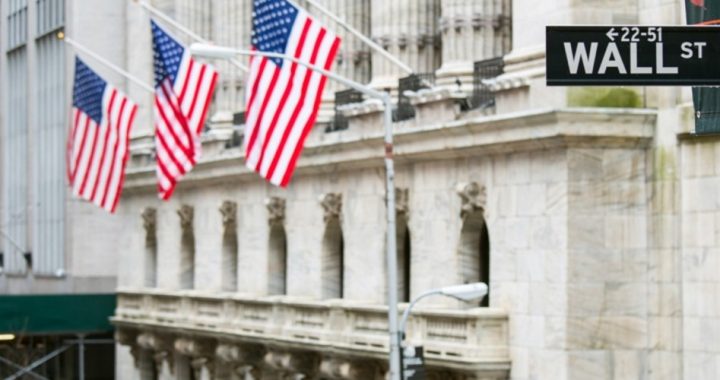
The looming state and municipal pension plan crisis, estimated by Moody’s at $1.75 trillion just a few months ago, has now been adjusted upward to $1.9 trillion. But that number, according to Bloomberg’s Danielle DiMartino Booth, greatly underestimates the level of underfunding. It’s more like $6 trillion “if the prevailing yields on Treasuries were used.”
Instead, most state and local pension plans use a much higher, more generous, and more deceptive assumed rate of return of between six and seven percent, with some still clinging to a “castles in the sky” eight percent. Those assumptions greatly reduce the pressure on plan sponsors to make proper contributions to fund those plans.
And, according to the investment firm GMO (Grantham, Mayo & van Otterloo), the next seven years aren’t likely even to approach the returns these funds earned last year, a paltry 1.5 percent. Instead GMO’s outlook is for a total return of minus 3.8 percent.
There’s CalPERS, the nation’s largest pension plan facing enormous shortfalls in its performance compared to the benchmarks provided by the plan’s actuaries. There’s the budget cliff facing San Francisco, the unfolding disaster in Dallas, and the rolling catastrophes facing Connecticut, Illinois, and New Jersey. The New American has exposed the difficulties facing Teamsters union plans where beneficiaries are facing cuts of between 20 and 30 percent of their expected retirement checks with no promise that they will be enough to keep those plans solvent.
And then there’s the backup to the failing pension plans, the Pension Benefit Guarantee Corporation, which is also on the verge of being unable to keep its promises to the 22,000 single-employer plans and 1,500 multi-employer plans that it insures. At last count the PBGC had $164 billion in obligations to plans that have already failed, with just $88 billion in assets to pay them.
All of this ignores the elephant in the living room, according to James Grant, for 40 years the editor of Grant’s Interest Rate Observer, and for 40 years tracker of the federal debt. He says the borrowing by the federal government “will stop when the world loses confidence in the dollars we owe.” And that time will come once the real size of what is owed becomes common knowledge.
Grant compares the U.S. government debt situation to that of a middle class family:
Say you earn the typical American family income, and you spend and borrow as the government does. [Accordingly] you would earn $54,000 a year, spend $64,000 a year and charge the $10,000 to your … credit card [which already has an] outstanding balance of about $223,000.
Of course, MasterCard wouldn’t allow you to run up that kind of tab. At an annual percentage rate of 15%, the cost to service a $223,000 balance would absorb 62 percent of your pretax income.
But the government is different … it has a central bank.
After describing the machinations of the Federal Reserve, Grant notes its ability to “issue from the Fed’s computers [dollars] in billowing clouds. The cost of producing them is only the energy expended on tapping the keys … it’s a heaven-sent monetary system for a big-spending government.”
It’s been positively magical, according to Grant. In 2007 the interest the government paid to service its debt was $237 billion. In 2016, with a national debt more than twice the size, the interest, thanks to the Fed’s ZIRP (zero interest rate policy), will be just $240 billion. Said Grant: “It’s a wonder we didn’t think of this financial perpetual-motion machine about a thousand years ago.”
But that machine won’t run much longer. The combination of an ever-increasing national debt and rising interest rates will shut it down, according to Grant: “At 4.8%, the [interest] rate prevailing as recently as 2007, the government would pay more in interest expense — $654 billion — than it does for national defense. At a blended rate of 6.7%, the average [interest rate] prevailing in the 1990s, the net federal interest bill would reach $913 billion, which very nearly equals this year’s projected outlay for Social Security.”
When interest rates return to normal, it will take a quarter of the federal budget just to service the national debt. At some point those holding those American dollars will begin to ask the final existential question: What are these dollars really worth, anyway? When that happens, concerns about state and local pension plans being underfunded will become irrelevant.
An Ivy League graduate and former investment advisor, Bob is a regular contributor to The New American magazine and blogs frequently at LightFromTheRight.com, primarily on economics and politics. He can be reached at [email protected].
Related articles:
Teamsters’ Pension Plans Seek Massive Cuts to Retirees to Stay Solvent



